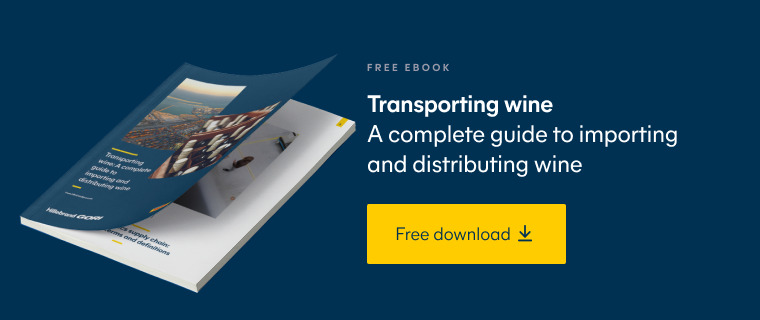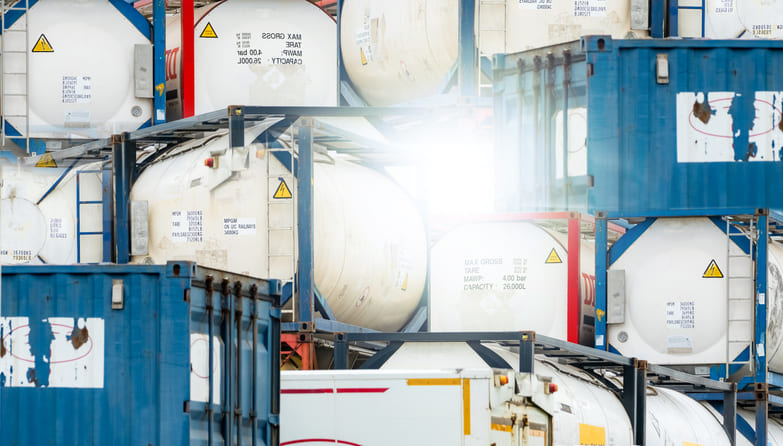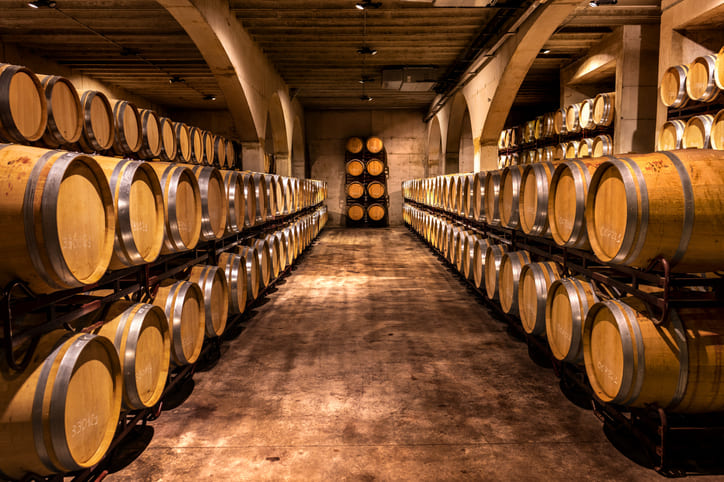Full loads: everything you need to know when shipping wine
The use of full loads is crucial for efficiently shipping wine worldwide. It’s beneficial when moving a container that is full of your own product, and when shipping small volumes in a shared container. Here, some of the most common terms that are used when discussing full loads are explained, along with the advantages and disadvantages of full loads.
What exactly are full loads?
First, it is important to understand what is meant by a few commonly used terms.
Full container load (FCL)
This is where a dry container is loaded with your products only, rather than the products of several shippers. An FCL is usually loaded at the supplier’s warehouse and delivered straight to the receiver’s location, without any interruptions for intermediary consolidation (this is where a container is loaded with different cargo from multiple shippers to one receiver). However, the container might not necessarily be full to capacity, because despite this it still might be the cheaper method of transport.
Less than container load (LCL) and groupage
LCL is a term used in sea freight to describe a volume of goods that is not enough to fill an entire container.
Therefore, with an LCL, different shippers share a container. When the cargo volume is insufficient to fill a container, LCL is usually cheaper, since the cost of shipping a full container is shared.
LCL services are provided by companies known as co-loaders or consolidators. Here, the operators co-load pallets of all types of goods to fill the container. Groupage is similar, but it is provided by freight forwarders who offer a beverage-only service, like Hillebrand. Groupage providers offer a service at both ends of the journey, as they also deconsolidate the load and deliver the cargo to multiple receivers.
LCLs and groupage allow smaller volumes to be transported, without a shipper needing to wait to fill up a container on their own. However, the freight cost per pallet is cheaper when you have enough volume for an FCL.
Full truck/trailer load (FTL)
An FTL is similar to an FCL in many ways, although it relates to road or rail transport. It occurs when the volume of cargo being moved is sufficient to fill a single truck. This might involve the shipment of a single type of product, or the shipment of more than one type of product where they are compatible to be moved together i.e. different types of wine
With an FTL, there is no consolidation of cargo and so the goods remain in the truck throughout the journey. However, long journeys will require the driver to take regular breaks in order to comply with regulations, although using two drivers who alternate driving duties in the same truck reduces this impact.
Less than truck/trailer load (LTL)
Once again, similar to an LCL, an LTL involves the consolidation of several smaller shipments from different shippers to fill a truck. This is either done where one truck moves between local suppliers, collecting pallets until the truck is full, or supplier pallets are consolidated at one warehouse, usually controlled by the carrier/forwarder. The cost of the service is shared by each shipper taking space in the truck, therefore it becomes economical to move goods even when the volume of each individual shipment is far below the capacity of a full truck.
Advantages of shipping full loads
So, there’s clearly a time and a place for both FCLs and LCLs, with the potential to achieve a full load either way. But what are the specific benefits of full loads?
- Quicker than LCL, due to less handling being required and a faster clearance procedure at customs.
- The price of a pallet within the container is lower than that offered to LCL shipments.
- As there is less handling required than with LCL, there is less risk of damage.
Disadvantages of shipping full loads
On the other hand, there are also disadvantages to shipping full loads.
- High cost: you need to pay for the whole container even if you don't use all the space.
- It can be hard to find availability during peak season.
- It has less convenient delivery options, i.e., the goods arrive in a container on the back of a truck.
Understanding full loads is crucial
The use of full loads when shipping cargo is often—but not always—the preferred option, depending on specific requirements. FCLs and FTLs offer benefits such as less potential for product damage through reduced handling, and quicker transit times. However, LCLs and LTLs can make it easier to manage cash flow and respond to market trends by shipping a small volume of product.
Either way, full loads ensure the optimal efficiency when transporting goods, with financial and environmental benefits.
To discover how we can help with your container and groupage requirements, please contact our team.





